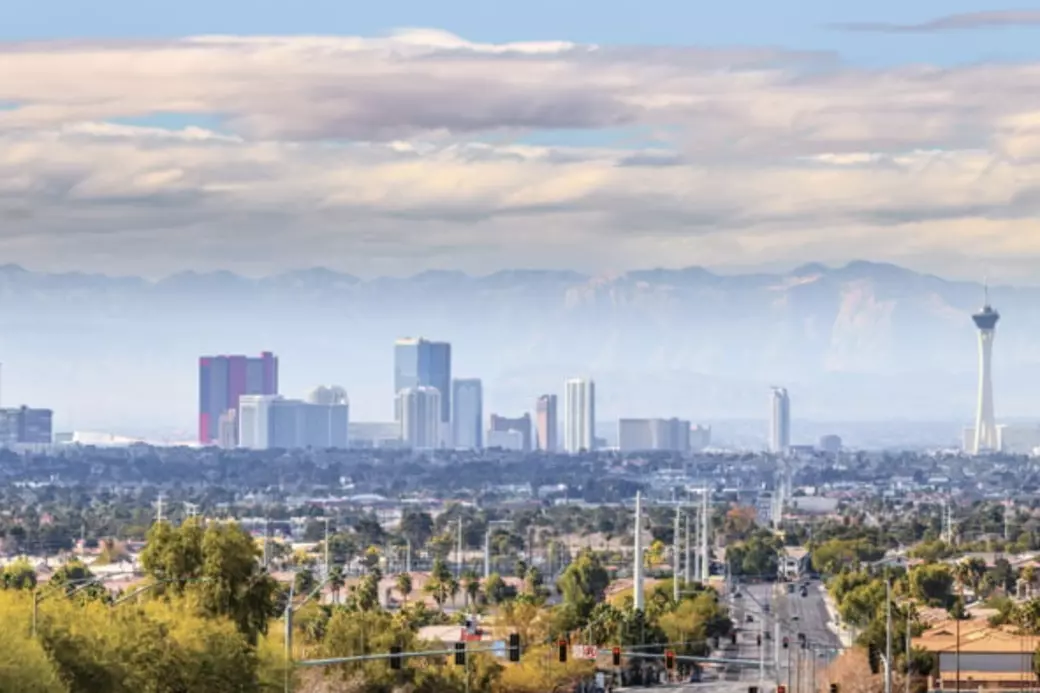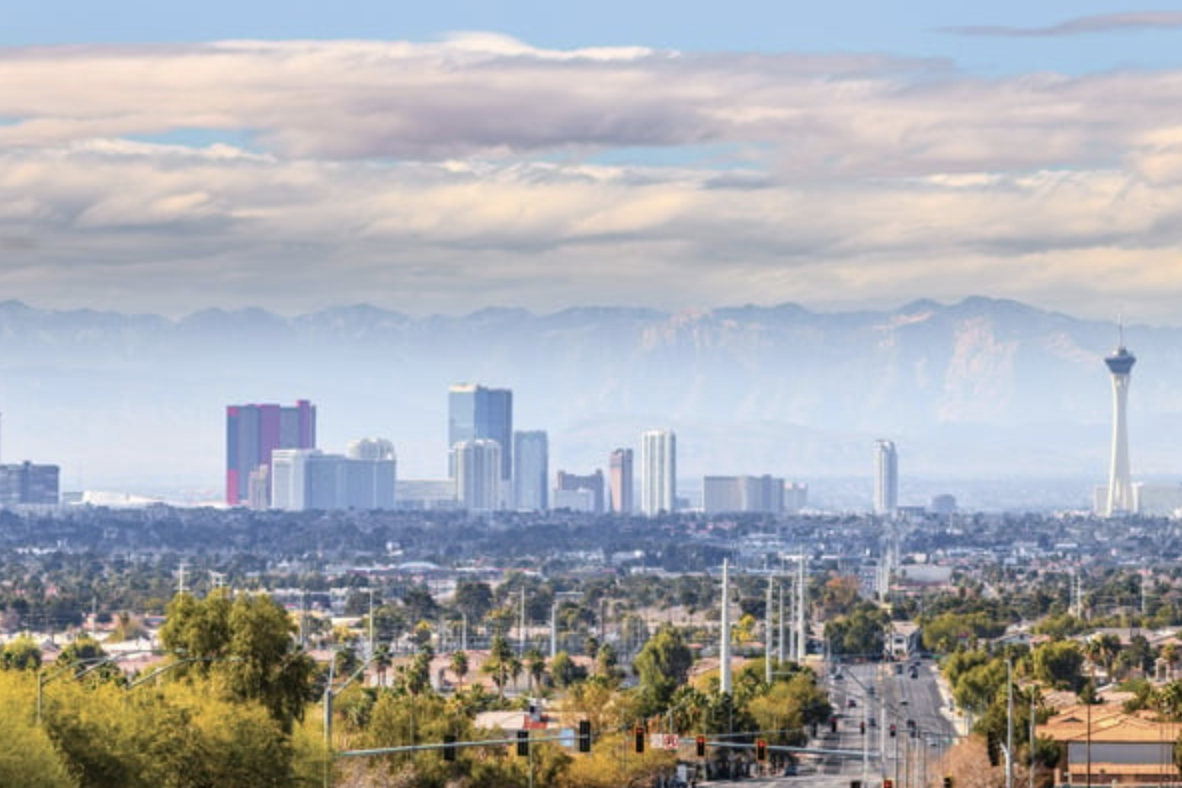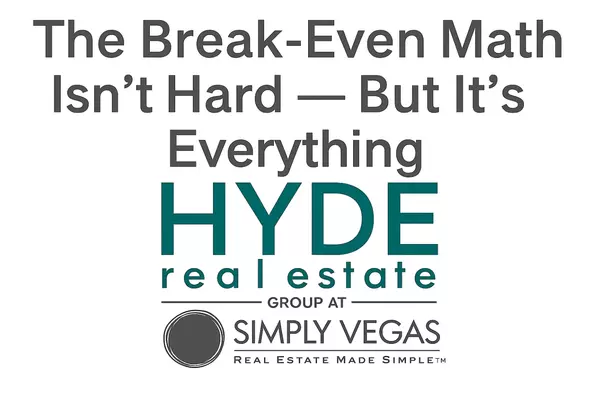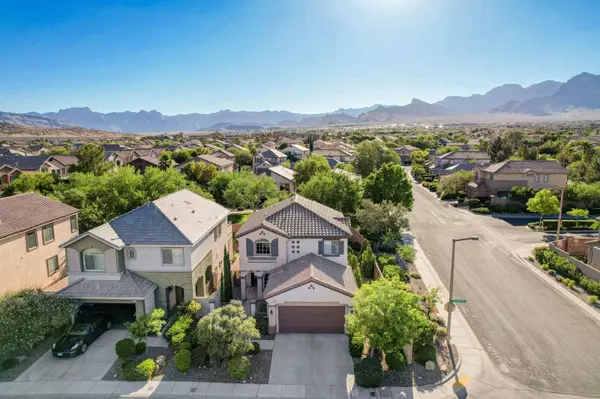Las Vegas Real Estate Outlook 2025: Why This Tier 2 City Has Tier 1 Investment Potential

Las Vegas Outlook: A Tier 2 Powerhouse with Tier 1 Potential?

Las Vegas is rapidly redefining its place in the real estate investment world. Long seen as a Tier 2 city, it’s now exhibiting Tier 1 traits—economic expansion, population growth, and strong rental demand—that are attracting capital from across the country.
For real estate investors, 2025 presents a unique window to capitalize on Las Vegas’s momentum before prices and competition escalate further.
📊 Tier 1 vs. Tier 2: Understanding the Framework
Tier 1 cities (e.g., New York, Los Angeles, Chicago) are defined by:
-
High population densities
-
Deep capital markets
-
Elevated real estate costs
-
Global economic influence
Tier 2 cities, like Las Vegas, Austin, and Charlotte, typically:
-
Have populations between 1–5 million
-
Offer more affordability
-
Present higher yield potential
-
Feature emerging job markets and infrastructure
Las Vegas fits the latter—but it’s showing Tier 1 performance metrics in multiple areas.
🌆 Why Las Vegas Stands Out in 2025
1. Explosive Job Growth Across Sectors
Las Vegas has added thousands of jobs across:
-
Healthcare
-
Tech and logistics
-
Entertainment and tourism
This diverse economic base reduces volatility and fuels renter demand.
2. Real Estate Affordability with High Returns
-
Lower entry costs than coastal metros
-
Cap rates of 6–8% are common—double what you’ll find in LA or SF
-
Strong rent growth and housing demand from inbound migration
3. No State Income Tax = Investor Magnet
Nevada’s tax-friendly environment is drawing:
-
Business relocations
-
Remote professionals
-
Investors seeking better returns with less tax drag
According to the Tax Foundation, Nevada is one of the top relocation states for Californians and New Yorkers.
🏟 Big Investments = Big Opportunity
From NFL and NHL stadiums to Formula 1 and healthcare hubs, Las Vegas is drawing billions in public and private investment.
This momentum is sparking demand for:
-
Multifamily developments
-
Single-family rental homes
-
Mixed-use and retail projects
Investors who get in early stand to benefit from appreciation, rent growth, and increased demand.
🤔 Frequently Asked Questions (FAQs)
1. What makes Las Vegas a Tier 2 city with Tier 1 potential?
It combines affordability and growth with rising infrastructure, population, and investor interest—traits of a maturing Tier 1 market.
2. Are returns in Las Vegas better than in Tier 1 cities?
Yes. Las Vegas often offers higher cap rates and faster appreciation, especially in workforce housing and value-add plays.
3. What sectors are driving the job market in Vegas?
Healthcare, tech, hospitality, and logistics are leading growth—and all drive sustained housing demand.
4. How does no state income tax help investors?
You keep more of your rental income and capital gains—making cash flow and long-term growth more attractive.
5. Is now the right time to invest in Las Vegas?
Yes. Early investors can capture upside before national capital inflows fully compress cap rates.
6. What types of properties are most in demand?
Multifamily units near job hubs, SFR homes in good school zones, and new builds in high-growth submarkets like Henderson and North Las Vegas.
🔚 Final Thoughts: Invest Where the Momentum Is
Las Vegas is no longer just a Tier 2 city—it’s a Tier 1 performer in the making. With strong fundamentals, growing national interest, and favorable returns, it offers investors the perfect blend of stability and upside.
Whether you’re expanding your multifamily portfolio or entering the single-family rental space, Las Vegas deserves a front-row seat in your investment strategy.
Categories
Recent Posts










GET MORE INFORMATION

